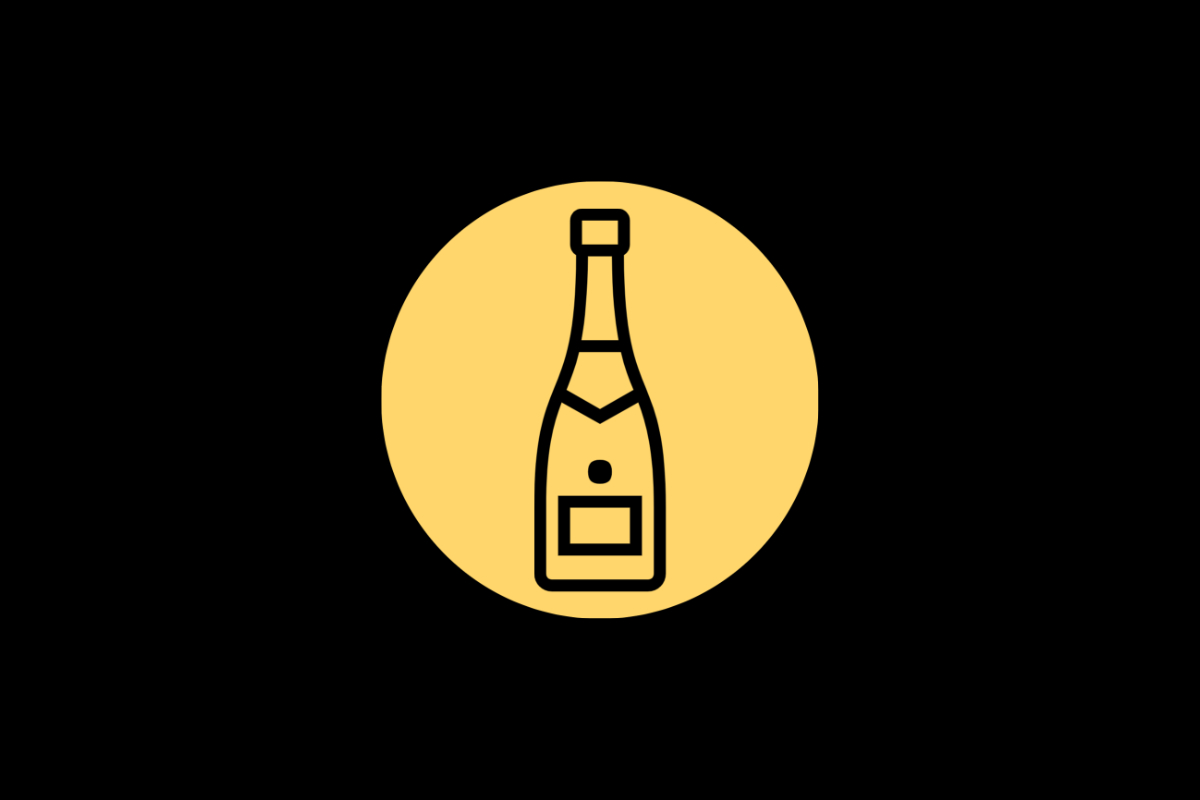The Surprising Alcohol Tolerance of Champagne Yeast
If you’ve ever popped open a bottle of champagne or sparkling wine, you’ve likely enjoyed the fruits of champagne yeast. This type of yeast is used to ferment and carbonate wine, beer, and other alcoholic beverages. While champagne yeast is commonly associated with these types of fizzy drinks, it has a lot of other important characteristics that make it useful in various alcoholic beverages.
One of the most impressive qualities of champagne yeast is its high alcohol tolerance. In fact, it has one of the highest tolerances of all yeast strains. This article will explore the surprising alcohol tolerance of champagne yeast and how it impacts the final product.
What is Alcohol Tolerance?
Before we dive into champagne yeast’s alcohol tolerance, it’s important to first understand what alcohol tolerance is. Simply put, it’s the maximum amount of alcohol that yeast can withstand before it dies or stops fermenting. Alcohol tolerance varies depending on the type of yeast, with some strains able to withstand higher levels than others.
During the fermentation process, yeast converts sugar into alcohol and carbon dioxide. As more alcohol is produced, it becomes increasingly difficult for the yeast to continue fermenting, eventually leading to its death. In general, the higher the alcohol tolerance of the yeast strain, the higher the amount of alcohol that can be produced during fermentation.
Champagne Yeast and Alcohol Tolerance
As mentioned above, champagne yeast is widely known for its high alcohol tolerance. In fact, it has one of the highest tolerances of all yeast strains commonly used in brewing. While the alcohol tolerance can vary between different types of champagne yeast, it can typically withstand levels of up to 18% ABV (alcohol by volume). This high tolerance is what makes it possible to produce champagne and other sparkling wines that have alcohol levels of 12% ABV or higher.
What’s interesting is that champagne yeast doesn’t just have a high alcohol tolerance, but it’s also able to continue fermenting at lower temperatures than other yeast strains. This makes it ideal for making wine in cooler wine regions, such as Champagne, France. Despite the colder temperatures, champagne yeast is still able to produce a carbonated beverage with a high alcohol content.
How Alcohol Tolerance Affects the Final Product
The alcohol tolerance of yeast has a significant impact on the final product in more ways than just alcohol content. Here are a few ways that champagne yeast’s high alcohol tolerance affects the final product:
Flavor
The higher the alcohol content in the finished product, the more likely it is to have a hot or alcoholic taste. This can be unpleasant in some beverages, but it’s common in higher alcohol content drinks like whiskey, bourbon, and high ABV beer styles. In the case of champagne yeast, the higher alcohol content is somewhat masked by the bubbles and acidity of the finished wine or beer. However, winemakers will still pay close attention to the final ABV to ensure it doesn’t overwhelm the other flavors in the wine.
Carbonation
Champagne yeast’s ability to ferment at lower temperatures and withstand higher alcohol levels is what makes it ideal for carbonated beverages. It’s the reason champagne, sparkling wine, and other carbonated alcohols have that iconic fizziness. The yeast’s high alcohol tolerance means it’s able to keep fermenting even as more carbon dioxide is produced, leading to more bubbles in the final product.
Aging Potential
Wines and beers made using champagne yeast tend to have a high aging potential, meaning they can be stored and aged for longer periods than other beverages. This is due in part to the yeast’s high alcohol tolerance, which helps to preserve the beverage and prevent spoilage. Of course, there are many other factors that contribute to a beverage’s aging potential, but champagne yeast is undoubtedly an important factor.
In Conclusion
Champagne yeast’s high alcohol tolerance is undoubtedly impressive and has numerous benefits for winemakers and brewers. It allows for the production of iconic beverages like champagne and sparkling wine, and it can even impact the flavor, carbonation, and aging potential of the final product. As more research is conducted on yeast strains and their various characteristics, it’s possible we’ll discover even more surprising and impressive qualities of champagne yeast and other strains.
